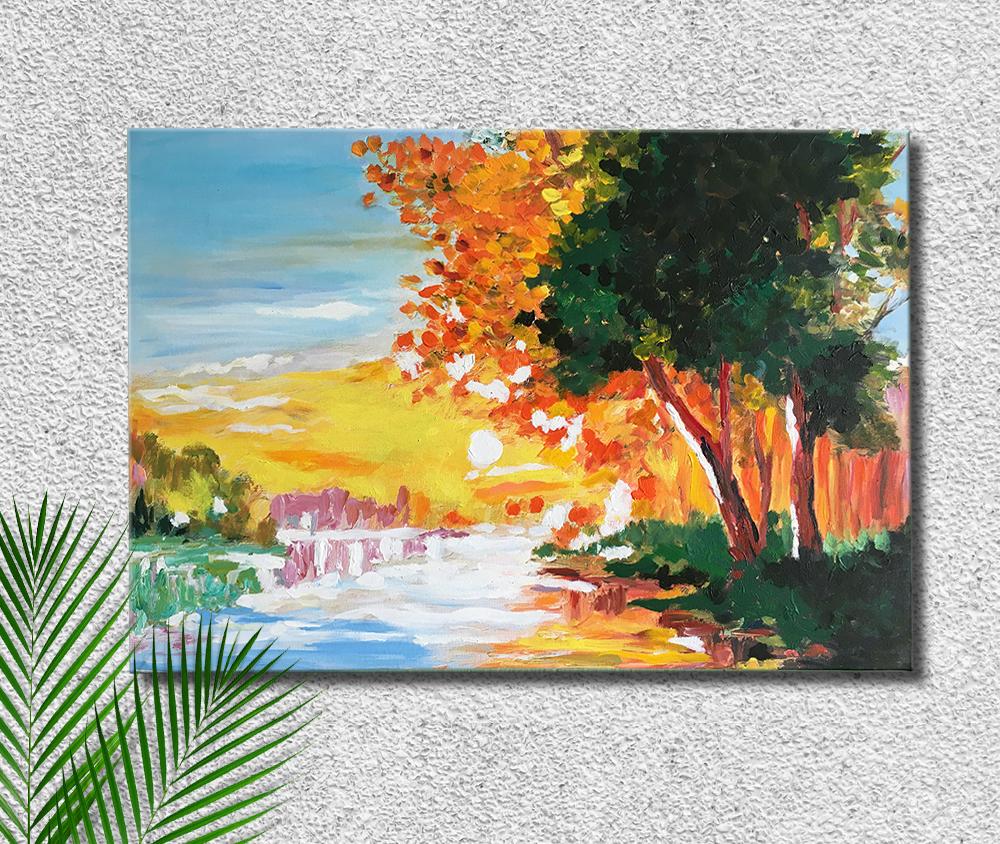The opulent surroundings of the main auction houses’ somewhat daunting galleries can make the casual visitor rethink buying a work of art. However, the person might be sceptical of the worth or authenticity of the Famous art or drawings they want to purchase but go through with the deal because even if they are unfamiliar with art, they know what they enjoy. It would be rude to leave right now, especially since the gallery assistant has gone through all this trouble and appears to know what they’re talking about.
Being as objective as you can help you make the subjective act of purchasing a work of fine art easier. To ensure that you get what you pay for, it is wise to study more about the art market and to understand as much as you can about the specific artist, style, or period that interests you. There are essentially two methods for doing this. To find out how much an artist’s work sells for, you can check through the sales records available in most significant public libraries and art galleries or even from Canvas Direct, or you can read reviews by local and national art critics, art books, and exhibition catalogues.
The vendor of the item you are interested in would be a logical location to start doing price research. Determine if the artist has a history of selling pieces of art that are comparable to the one you like for prices equal to what you are being asked to pay. Any reluctance to do so shows that the dealer has something to conceal, either regarding the piece or the price they are asking for it. A professional dealer should have this information on file and be willing to discuss it with you. To confirm that the artist’s pricing has stayed constant over the previous five years, it is necessary to look at their overall sales history. Pay close attention to the average price fetched when doing this.
Discovering its provenance, exhibition history, and ownership history should all be part of this research. Artworks need passports to go from one nation to another, just like people do. The gallery should be able to give you the required documents of authenticity. There are a few things to keep in mind, though, like the degree to which the people who authenticate or credit the artwork to a specific artist are qualified to do so. Their opinion is not very valuable unless their authority is supported by some professional affiliation with the artist, such as publishing papers in reputable journals, curating significant museum or gallery exhibitions, or having a lot of experience trading in them.
They may also have some other legal or estate-granted right to evaluate the piece of art, such as being the artist’s family, associates, or descendants. And if the artist is still alive, don’t be afraid to ask the gallery to make contact with them directly to verify the authenticity of the work.
